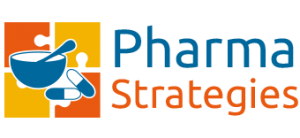In Rwanda, it is estimated that more than 65,000 people (0.6% of the population) are blind in both eyes and that 12% of the population have a correctable refractive error or blurred vision, requiring corrective lenses.1
In this country of more than 12 million residents, there are only 18 ophthalmologists.
As one of those ophthalmologists, and the only one within a catchment area of 1.2 million people from Rwanda and nearby countries, Dr. Theophile Tuyisabe has an enormous responsibility. Each day he commutes an hour to the Eye Unit at the Kabgayi Hospital, treats …
